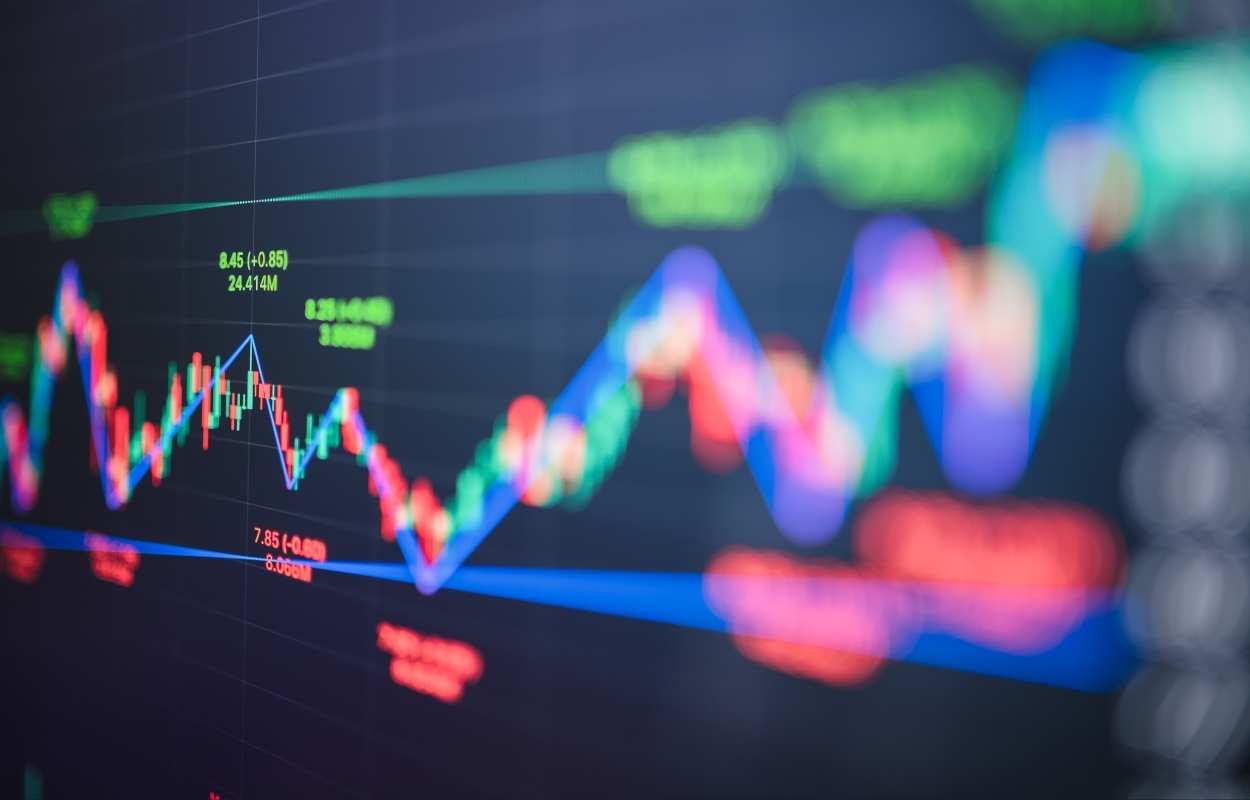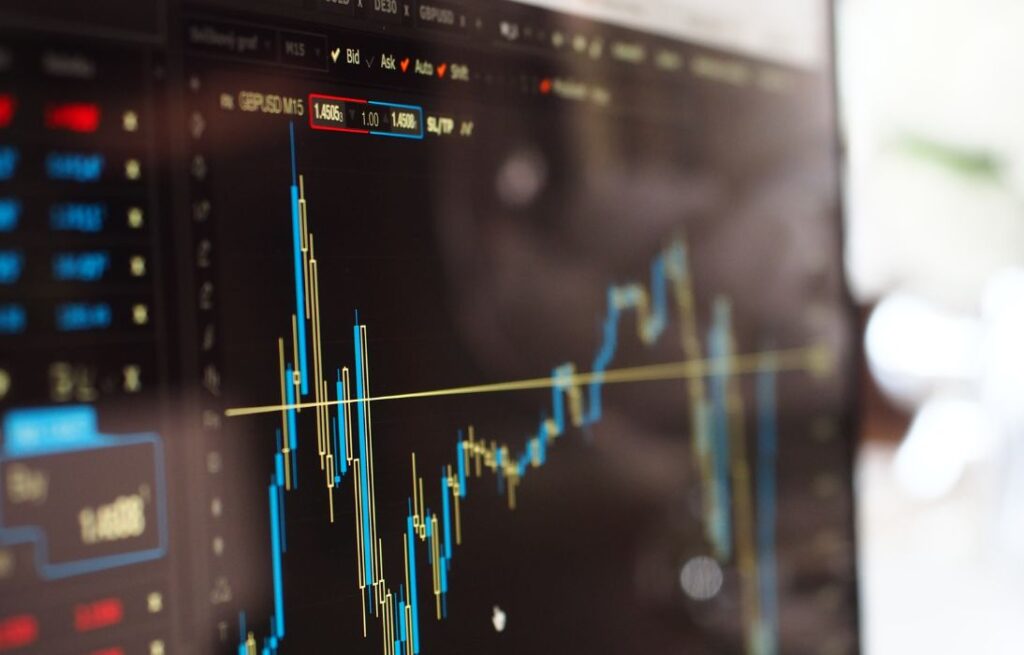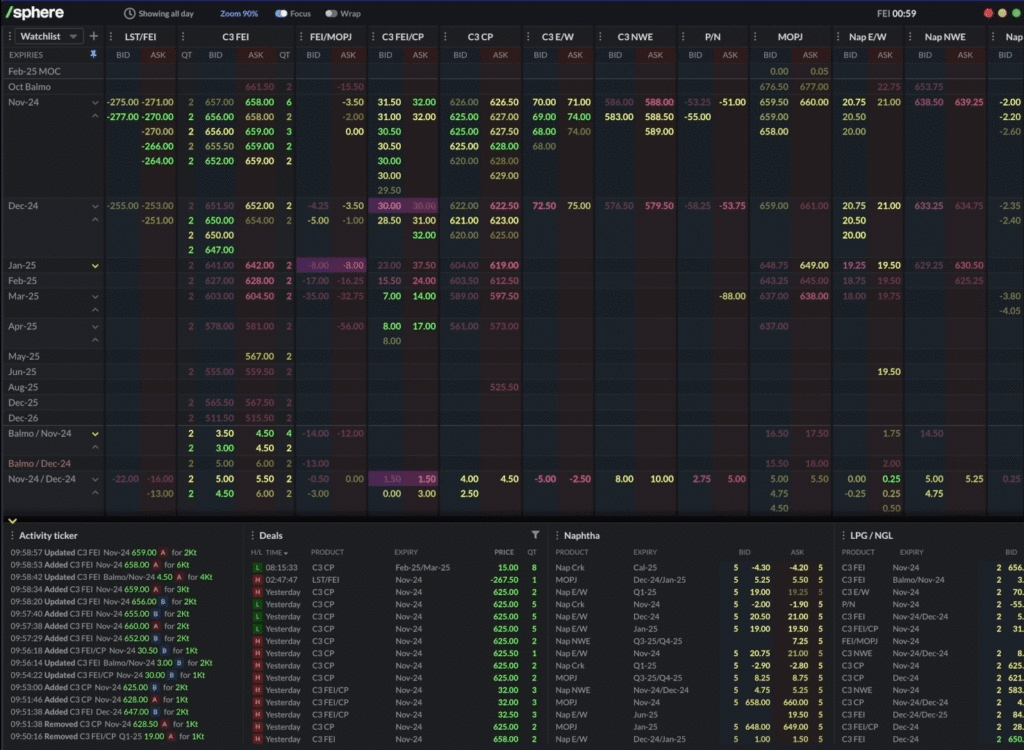We had the pleasure of speaking with William Gebhardt, Founding Partner at 10Dynamics Limited, a global systematic investment firm, to explore what keeps systematic and quantitative strategies at the forefront of commodities trading, and where AI still falls short.
Artificial intelligence is firmly in the spotlight, pushing boundaries in jaw-dropping (if carefully curated) demonstrations, and increasingly playing a role in people’s daily lives. Tech firms are keen to promote any shred of AI in their technology, and those questioning its limitations are often accused of simply “not getting it.”
One area in which AI needs a firm reality check is commodities trading, where systematic investing continues to garner strong interest from investors, and for good reason.
Let’s first consider the two different approaches:
- Systematic trading uses explicitly programmed rules. Humans define the logic that is followed.
- AI trading uses data to learn patterns and make predictions or decisions based on that learning.
So, why do systematic and quantitative approaches still attract AUM in commodities in particular? What’s holding AI back, and will this rapidly advancing technology ever rise to the challenge?
Relative strengths, relative weaknesses
GenAI is already delivering significant efficiency gains across productivity tooling, code development, and operations, and is used by many leading firms in this capacity.
But does this translate to commodities trading business units?
Commodities markets have a low “signal to noise” ratio, leaving AI models little to sink their teeth into. Compared to the data consumed by large language models, price data available for commodities is limited in volume, heavily affected by seasonality and exhibits low permanence. AI shines in messy, complex environments with lots of data inputs to draw from, which does not align well with commodity markets. There are also significant challenges associated with creating valid synthetic data, which could be used to train AI in the absence of real-world data, when underlying market processes are imperfectly understood.
In contrast, historically established systematic trading models remain well-suited to commodities trading. Markets’ fundamental drivers tend to repeat over time, making them highly suited to rule-based systems, and humans building rules using experience are better suited to the job of digesting a limited data set to build a solid model. Emulating the human ability to use economic and fundamental reasoning to guide model development is where AI has fallen short when trying to achieve similar outcomes.
Traceability is also a concern when it comes to AI trading. The human-built model gives complete visibility and first-principles understanding of decisions that were made, allowing for adjustments to reflect new data points and learnings. With AI, you’re operating in the dark, trusting that the AI at play will interpret outcomes correctly, consistently and take appropriate action.
The winning combination
In Centaur Chess (also known as Advanced Chess), humans working with chess engines as assistants have been able to defeat grandmasters, pure chess engines, and humans and AI working alone. Humans add intuition, strategy, and context.
Importantly, we continue to view Al as a tool for human augmentation rather than pure automation”
Tim Mace, Head of Data and Machine Learning, Man Group.
Will AI rise to the challenge?
When it comes to commodities, AI has yet to match the assessment power of a seasoned trader, with their experience, to dynamically apply weight to different factors and manage a proprietary decision-making model.
“We are already fully deploying Al ML techniques in tandem with the domain expertise of our CIO, in a ‘man-meets-machine’ approach given the adaptable intelligence needed when managing capital in addition to leveraging the significant technological advancements in recent years.”
Josh White, Co-Founder and CIO, Regents Gate Capital
When an AI system does demonstrate significant forecasting ability, current programming advances mean it can be quickly and cheaply replicated across markets, where competition and market efficiency then sharply reduce its effectiveness.
It could be argued that it’s inevitable that AI will eventually “solve markets”, outperforming all other trading systems, and creating total market efficiency where price dislocations disappear and alpha entirely collapses. Until such a time, a combination of machine power and human interpretation seems likely to remain the optimal approach. Combining data-driven analysis with the uniquely human ability to assess situations from a more qualitative perspective can deliver superior outcomes, and crucially, outcomes that are fully understood and can be repeated, adjusted and explained to investors.
Find out more about 10Dynamics here.
Looking for more insights?
Get exclusive insights from industry leaders, stay up-to-date with the latest news, and explore the cutting-edge tech shaping the sector by subscribing to our newsletter, Commodities Tech Insider.





